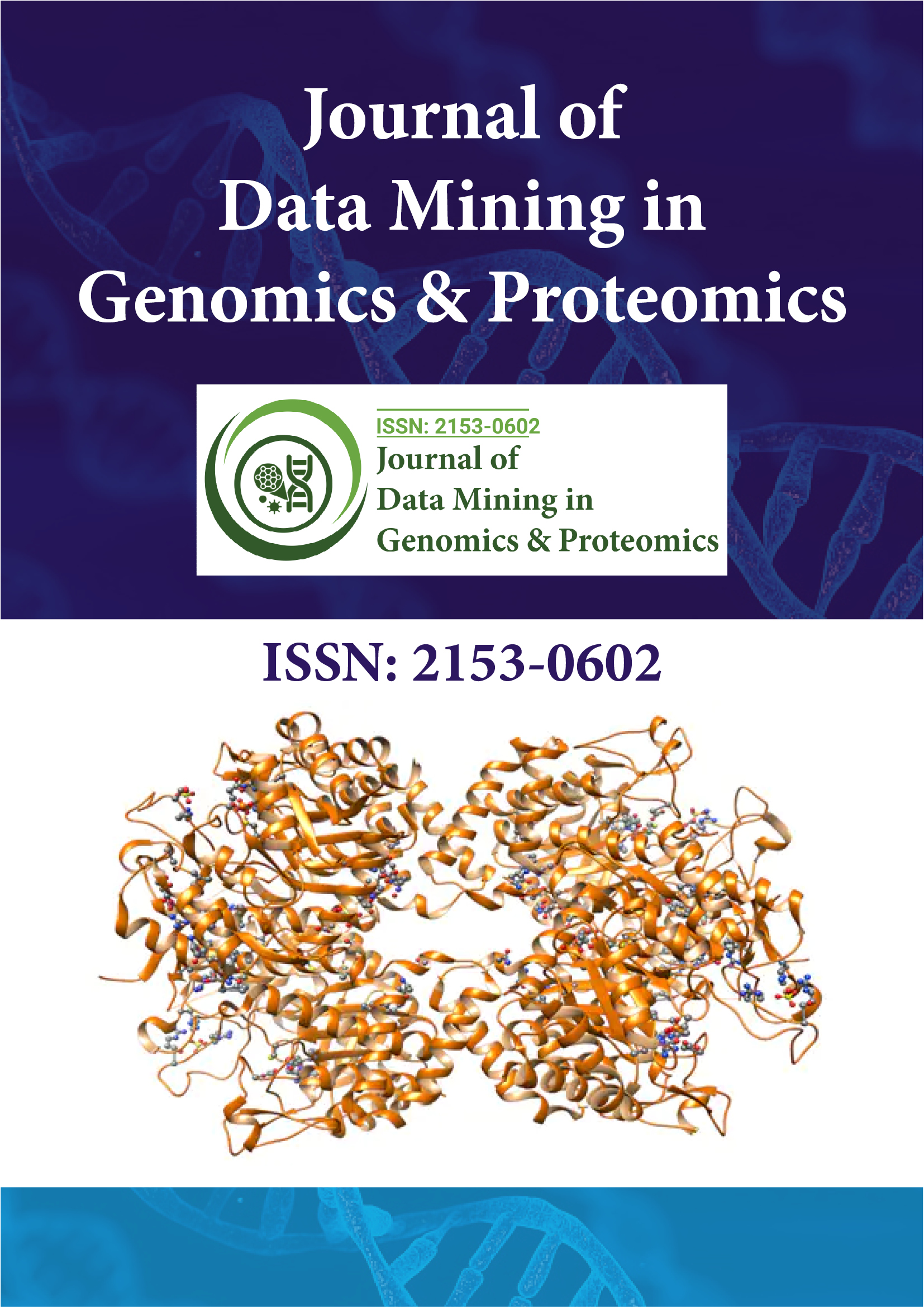Индексировано в
- База данных академических журналов
- Open J Gate
- Журнал GenamicsSeek
- ЖурналTOCs
- ИсследованияБиблия
- Справочник периодических изданий Ульриха
- Библиотека электронных журналов
- RefSeek
- Университет Хамдарда
- ЭБСКО АЗ
- OCLC- WorldCat
- Ученый
- Интернет-каталог SWB
- Виртуальная биологическая библиотека (вифабио)
- Паблоны
- МИАР
- Женевский фонд медицинского образования и исследований
- Евро Паб
- Google Scholar
Полезные ссылки
Поделиться этой страницей
Флаер журнала

Журналы открытого доступа
- Биоинформатика и системная биология
- Биохимия
- Ветеринарные науки
- Генетика и молекулярная биология
- Еда и питание
- Иммунология и микробиология
- Инжиниринг
- Клинические науки
- Материаловедение
- медицинские науки
- Науки об окружающей среде
- Неврология и психология
- Общая наука
- Сельское хозяйство и аквакультура
- Сестринское дело и здравоохранение
- Управление бизнесом
- Фармацевтические науки
- Химия
Абстрактный
Прогнозирование функционального сайта белка с использованием консервативной и приблизительной градации
Ёсуке Кондо и Сатору Миядзаки*
До сих пор для прогнозирования важных участков белка было разработано много вычислительных методов. В эпоху больших данных требуется улучшение и усложнение существующих методов путем интеграции данных о последовательностях в структурные данные. В этой статье мы стремимся к двум вещам: улучшению методов, основанных на последовательностях, и разработке нового метода, использующего как данные о последовательностях, так и структурные данные. Поэтому мы разработали изначально модифицированный метод эволюционной трассировки, в котором мы определили консервативные градации, рассчитанные из заданного множественного выравнивания последовательностей, и приблизительную градацию, чтобы оценить предсказанные активные участки с точки зрения взаимодействия белок-ион, белок-лиганд, белок-нуклеиновая кислота, белок-белок с использованием трехмерных структур. Другими словами, приблизительная градация также может оценить аминокислотный остаток. Когда мы применили наш метод к белкам фактора удлинения трансляции Tu/1A, он показал, что консервативные градации точно оцениваются приблизительной градацией. Следовательно, наша идея указала на два преимущества. Во-первых, мы можем учитывать различные структуры сокристаллов для оценки. Другая идея заключается в том, что, вычисляя соответствие между заданной консервативной оценкой и приблизительной оценкой, мы можем выбрать лучшую консервативную оценку.